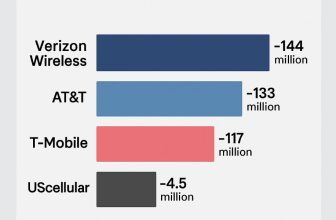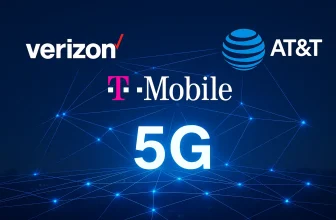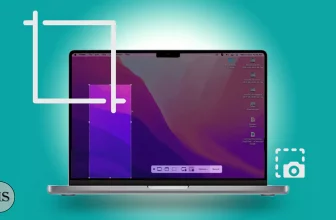
Spotify has finally rolled out its long-awaited Lossless Audio feature — but is it worth switching to, especially if you’ve been comparing streaming giants? In this review, we’ll break down Spotify’s new high-fidelity sound quality, pricing, and how it stacks up against its biggest competitor — is Apple Music better than Spotify for audiophiles and casual listeners alike?
Sound Quality — The Main Selling Point
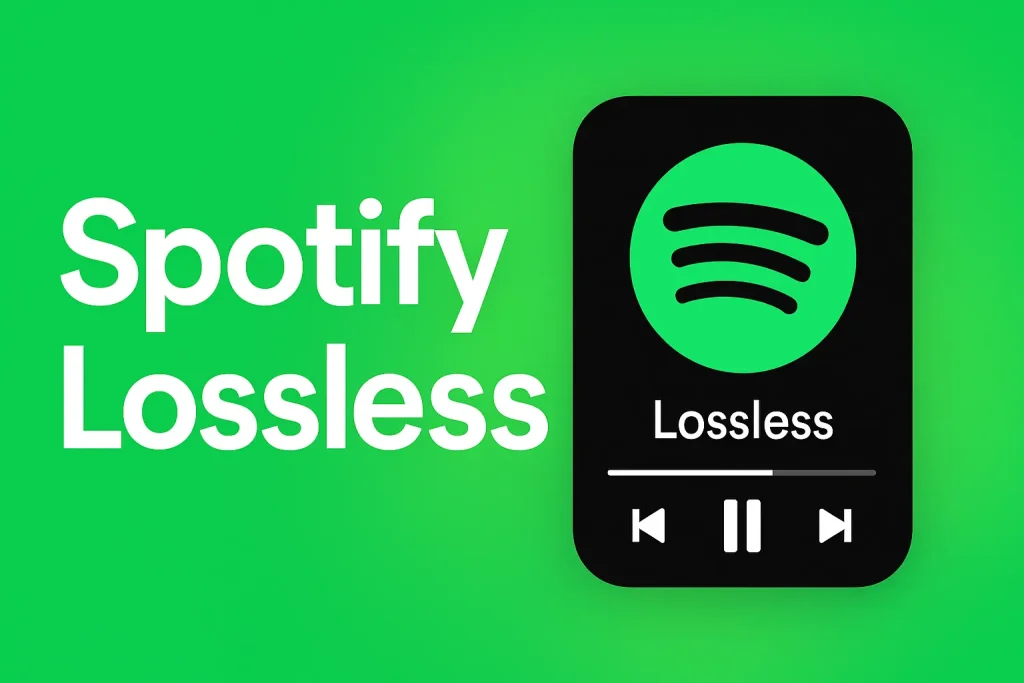
If you’re ready to try it yourself, follow this how to enable Spotify Lossless to turn on high-resolution audio in the Spotify app and experience the difference.

✅ Pros and ❌ Cons of Spotify Lossless
| Pros | Cons |
|---|---|
| Noticeably better sound clarity and detail | Large file sizes take up more storage |
| Wider soundstage and improved bass | Higher data usage (5–10 MB per minute) |
| Works seamlessly inside the familiar app | Battery drains slightly faster during long sessions |
| Cheaper than some rivals like HiFi or Lossless | The battery drains slightly faster during long sessions |
| Great for audiophiles and home listening | Limited availability — still rolling out |
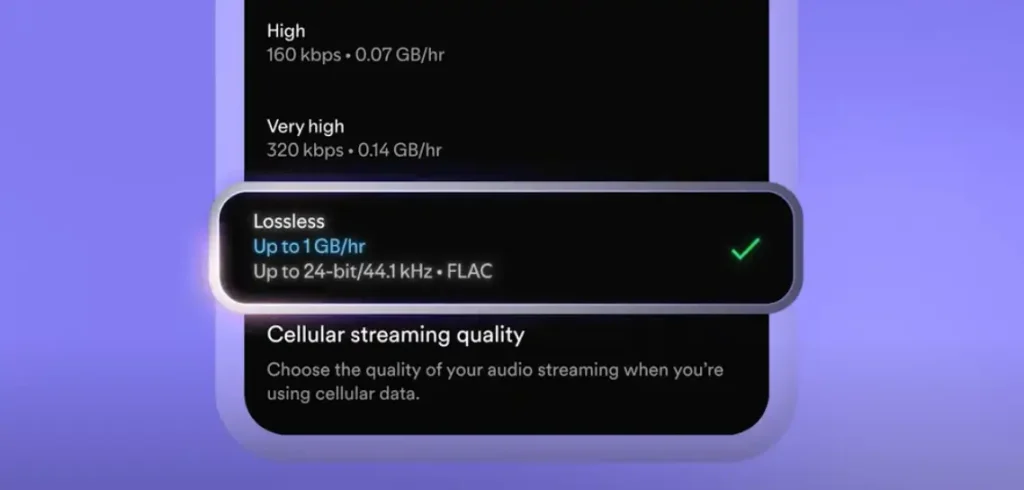
I spent the first few days A/B testing Lossless tracks with Spotify’s regular streaming quality, using both my Apple AirPods Pro 2 and a wired pair of studio headphones. The difference was subtle but noticeable—especially on acoustic and orchestral tracks. The soundstage felt wider, vocals had more clarity, and the bass was more defined without sounding muddy.
However, if you usually listen in the car or through basic earbuds, you probably won’t notice much of a difference. Lossless shines most on high-quality gear and quiet environments.
Note: Lossless audio streams at CD quality (24-bit/44.1kHz). FLAC and can go even higher for supported tracks.
Data Usage and Download Sizes
One of the first things I noticed was how big the downloads are. A single album in Lossless took up around 500–700 MB, compared to about 100–150 MB in standard quality.
Streaming also uses a lot more data—about 5–10 MB per minute of audio. If you’re on a limited cellular plan, this can burn through your data quickly, so it’s best used on Wi-Fi.
Note: Be ready to manage storage if you plan to save Lossless tracks offline.
Performance and Battery Impact
I didn’t notice any lag or buffering on Wi-Fi, but on weaker cellular connections, songs took a few extra seconds to start playing. My phone’s battery also drained a bit faster during long Lossless sessions, likely because of the extra processing power needed for high-res playback.
It’s not a dealbreaker, but worth noting if you stream on the go a lot.
Note: Use Wi-Fi for smooth streaming and plug in during long listening sessions.
💸 Pricing and Availability
Spotify is currently offering Lossless as part of its premium tier upgrade, which costs slightly more than the regular premium plan. It’s still cheaper than some competitors like Tidal HiFi or Apple Music Lossless, which makes it an attractive option for those already in the Spotify ecosystem.
Note: Lossless is slowly rolling out, so it may not be available to all users yet.
Verdict — Should You Switch?
After a week of real-world testing, I’d say Spotify Lossless is worth it—if you care deeply about sound quality and have good headphones or speakers to appreciate the difference. For casual listeners, though, the improvement is mild and might not justify the extra storage and data usage.
It’s not revolutionary, but it’s a solid upgrade for audiophiles who want richer detail without leaving the familiar Spotify interface.
If you can’t notice any difference, check for common bugs such as Spotify lossless audio not working before judging the sound quality.
Note: Upgrade only if you have the gear and storage space to fully enjoy it.


